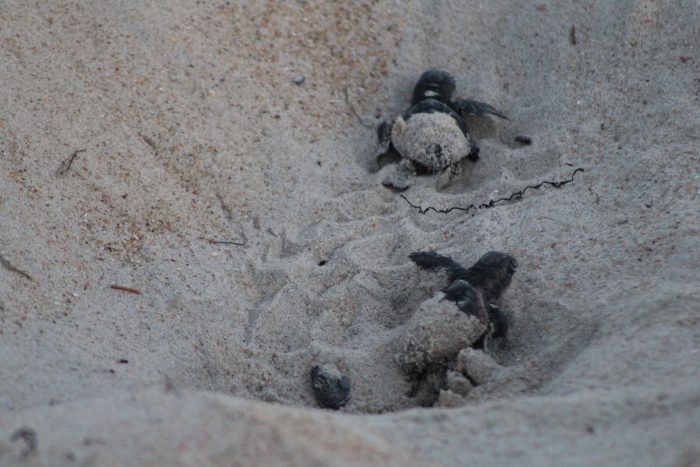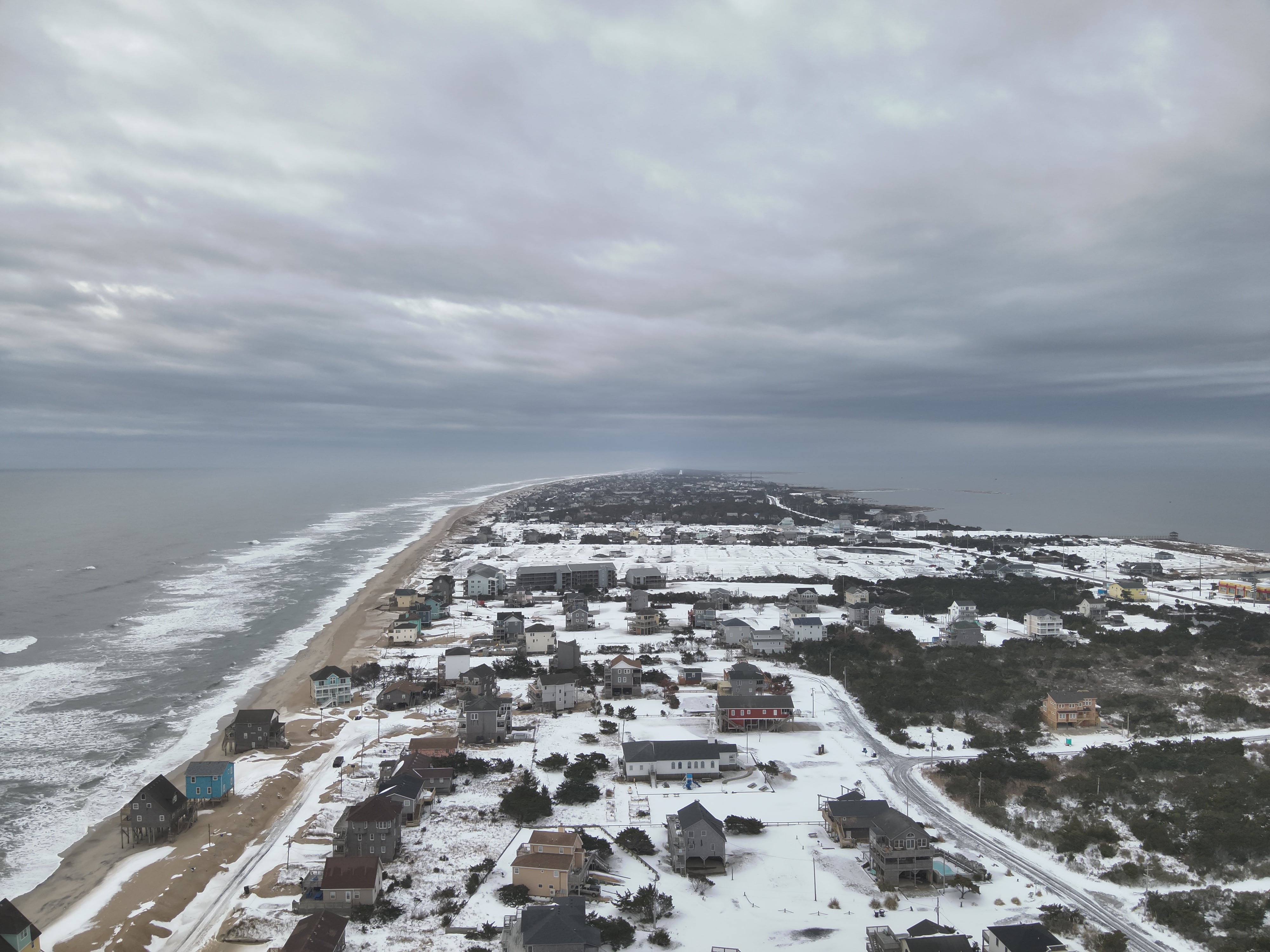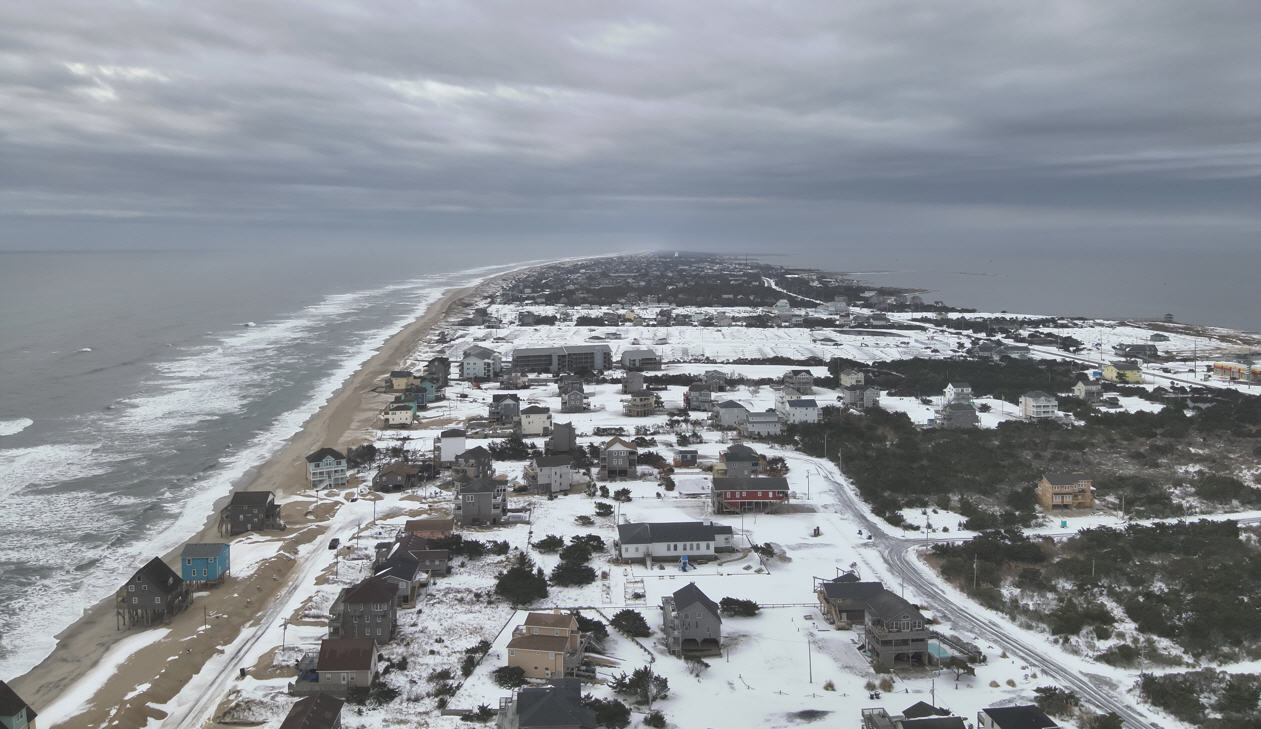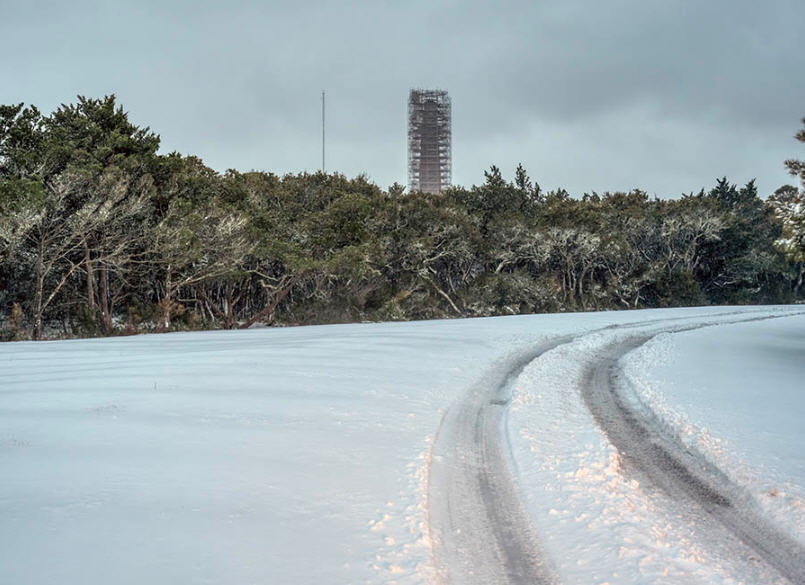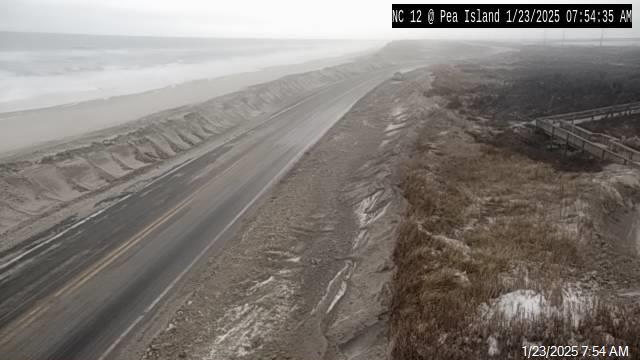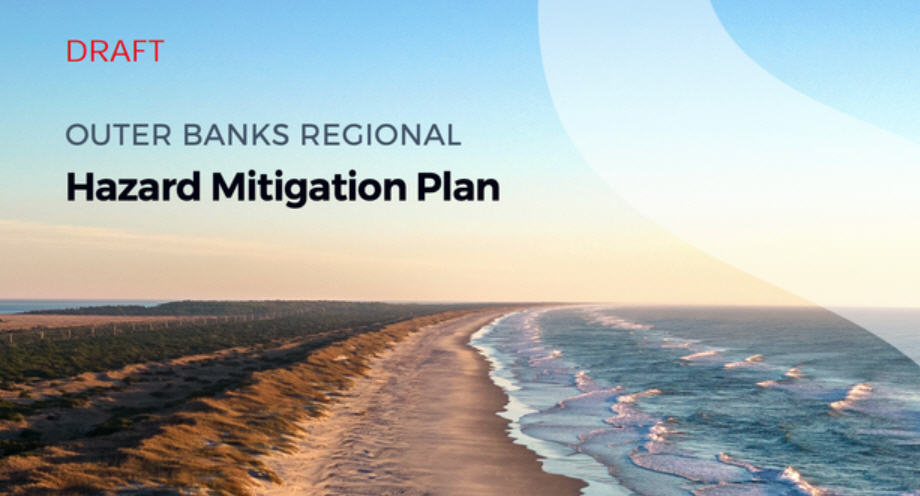2022 is shaping up to be a great year for nesting sea turtles
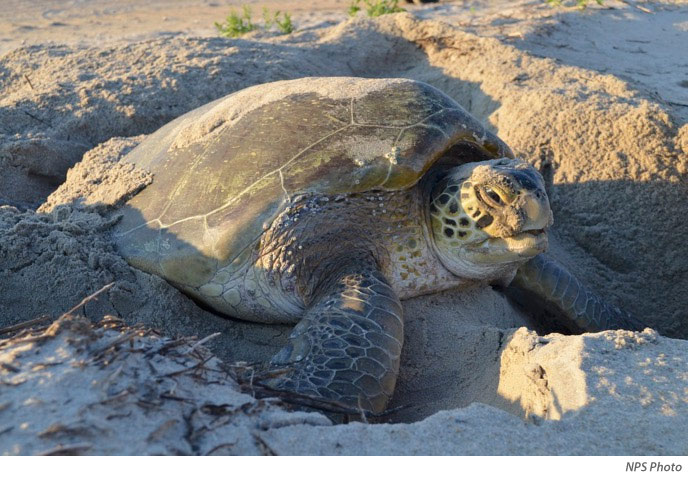
While 2019 was a record-breaking year for sea turtle nesting activity within the Cape Hatteras National Seashore (CHNS), 2022 is shaping up to be another strong year for sea turtles as well, with a total of 117 nests recorded so far along the National Seashore beaches, as of June 23.
Also this year, for the first time since 2012, a Leatherback sea turtle visited the Cape Hatteras National Seashore, with a nest reported on Hatteras Island.
The CHNS field summary webpage is updated every Thursday during the shorebird and sea turtle nesting seasons, and while 2022’s late-June 117 tally does not surpass 2019, it is a strong showing compared to previous years.
Sea turtle nesting activity as of late June for the past five years is as follows:
| Date | Total Nests | Total False Crawls |
| 6/23/2022 | 117 | 81 |
| 6/24/2021 | 94 | 70 |
| 6/25/2020 | 84 | 75 |
| 6/27/2019 | 186 | 158 |
| 6/29/2018 | 76 | 50 |
| 6/29/2017 | 99 | 79 |
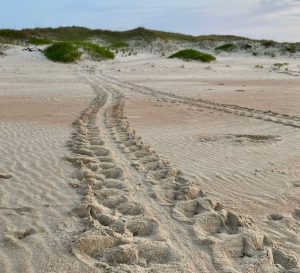
Sea turtle nests laid by loggerheads, green turtles, and leatherbacks have been monitored at CHNS since the 1970s. In 2015, a nesting record of 289 nests was set, followed by a new record in 2016 when 325 sea turtle nests were recorded along the CHNS beaches.
In 2019, there were a total of 473 sea turtle nests recorded within the National Seashore, which blew the previous record of 325 out of the water.
2020 and 2021 were solid years for sea turtles as well, with a total of 228 nests recorded along the National Seashore beaches in 2020, and a total of 315 nests recorded in 2021.
The high number of sea turtle nests in recent years appears to be a multiple-year trend all along the Eastern Seaboard, according to data from seaturtle.org, which actively monitors sea turtle nests all around the globe.
Due to the recent highly active nesting seasons, visitors are advised to be aware of sea turtle nesting activity or hatchlings while visiting the local beaches on Hatteras and Ocracoke Islands. If you see turtle tracks, nesting activity, or hatchlings, please notify park biologists by calling the stranding hotline at 252-216-6892.
Other tips to help protect sea turtles and hatchlings during the nesting season, per the N.C. Wildlife Resources Commission, include the following:
- Fill in all holes in the sand at the end of the day.
- Pick up all your trash when you leave.
- If fishing, properly dispose of any fishing line. Improperly discarded fishing line is often deadly to turtles, birds and other marine animals.
- Use your natural vision and moonlight when walking the beach at night.
- If you encounter a turtle on the beach at night, remain quiet, still, and at a distance. Flash photography and human disturbances may prevent her from nesting successfully.
In the meantime, visitors can keep tabs on nesting activity at shorelines all around the world at http://www.seaturtle.org.
